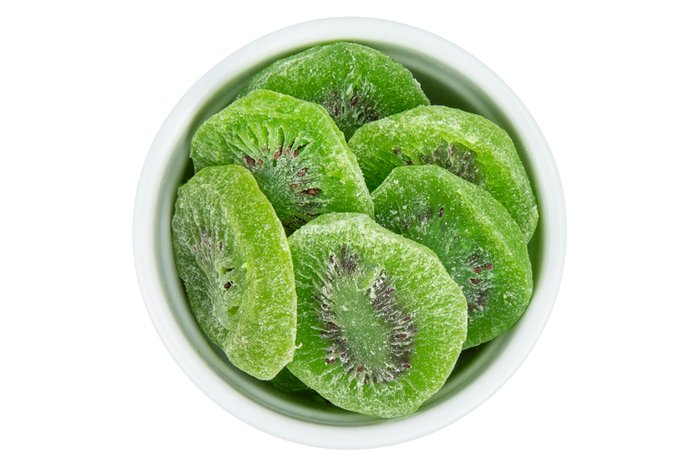The Sugary Food and Tangy Harmony: What Do Kiwis Taste Like Exposed
Wiki Article
A Deep Dive Into Kiwi Cultivation: Unveiling the Methods, Obstacles, and Potential for Lasting Farming
Are you curious about the keys behind effective kiwi farming? Look no more! In this write-up, we will take you on a deep dive into the strategies, obstacles, and possibility for sustainable farming in the globe of kiwis. Discover the optimal expanding problems, sophisticated growing methods, and the lasting practices that can open the complete potential of kiwi farming. Prepare to discover the concealed expertise that will change your kiwi cultivation ventures.Optimum Growing Conditions for Kiwi Plants

Cutting-Edge Cultivation Strategies
To maximize kiwi cultivation, use advanced methods that enhance efficiency and sustainability. One such strategy is precision farming, which utilizes advanced modern technologies like drones, GPS, and remote picking up to check and take care of plants more effectively. Drones geared up with multispectral electronic cameras can catch high-resolution photos of kiwi plants, enabling farmers to analyze their wellness and spot any indicators of disease or anxiety. GPS modern technology permits for exact mapping and monitoring of the kiwi vines, enhancing irrigation and fertilization methods to make certain that each plant receives the necessary nutrients and water. Another advanced method is vertical farming, which includes expanding kiwi plants in stacked layers using artificial illumination and climate-controlled environments. This technique optimizes land use effectiveness and lowers water consumption, making it perfect for city areas or areas with limited cultivatable land. Furthermore, hydroponics and aeroponics systems are gaining popularity in kiwi cultivation. These soilless cultivation techniques provide plants with a nutrient-rich remedy or haze, specifically, advertising faster development and higher yields. By accepting these innovative methods, kiwi farmers can attain greater efficiency, enhance resource usage, and add to sustainable farming practices.Challenges Dealt With by Kiwi Farmers
Facing various difficulties, kiwi farmers have to navigate via numerous obstacles to ensure successful farming and lasting farming methods. Among the major challenges they face is climate variability. Kiwi plants call for a specific environment to grow, with cool wintertimes and warm summer seasons. Unforeseeable climate patterns, such as severe temperatures, frost, and drought, can interfere with the development and advancement of kiwi crops. Farmers have to continuously keep an eye on weather condition forecasts and apply methods like irrigation, frost protection, and shade cloth to reduce the adverse results of environment variability.An additional significant challenge for kiwi farmers is insects and conditions. Kiwi creeping plants are prone to a range of insects, consisting of mites, aphids, and thrips, which can damage the leaves and fruit.
Additionally, kiwi farmers deal with labor and labor expense concerns. Kiwi growing needs labor-intensive tasks, such as trellising, pruning, and harvesting. Nevertheless, finding proficient workers that are knowledgeable regarding kiwi farming techniques can be difficult. Labor expenses can be high, especially throughout peak seasons. Farmers require to buy training programs, automation, and reliable labor monitoring techniques to optimize efficiency and minimize labor expenditures.
Sustainable Farming Practices for Kiwi Cultivation

To make certain sustainable kiwi growing, you can implement a variety of techniques that promote ecological stewardship and lasting practicality of your farm. Kiwi plants need a substantial quantity of water, yet extreme irrigation can lead to water waste and dirt erosion. Adopting sustainable energy methods, such as using solar his comment is here power or investing in energy-efficient modern technologies, can decrease your ranch's carbon impact and add to an extra lasting kiwi farming system.
Opening the Possible of Kiwi Farming
By carrying out sustainable farming techniques, you can open the full possibility of kiwi farming go to this site while reducing environmental effect. Kiwi farming has tremendous capacity for growth and success, yet it also features its own collection of difficulties. To completely open this capacity, it is important to adopt sustainable techniques that not only maximize yield and top quality yet also make certain long-lasting stability.One trick aspect of opening the potential of kiwi farming is maximizing irrigation techniques - what do kiwis taste like. Kiwi plants require a certain quantity of water to flourish, and by utilizing efficient watering systems such as drip watering or accuracy sprinklers, you can decrease water wastefulness and minimize the threat of waterlogging or dirt disintegration
One more vital element is dirt health and wellness management. Abundant and healthy dirt is important for the growth and development of kiwi plants. By carrying out techniques such as cover cropping, crop turning, and natural fertilizing, you can boost soil framework, boost nutrient availability, and decrease the requirement for chemical inputs.
Furthermore, incorporated parasite management (IPM) methods are vital in opening the possibility of kiwi farming. By taking on IPM approaches such as biological insect control, scent catches, and great site plant surveillance, you can efficiently handle bugs and illness while reducing the usage of chemical pesticides.
Final Thought
To conclude, kiwi growing holds terrific possible for sustainable farming methods. By executing cutting-edge methods and overcoming the difficulties encountered by farmers, we can open the complete capacity of this fruit (what do kiwis taste like). With optimal expanding conditions and a concentrate on lasting methods, kiwi farming can thrive while lessening environmental impact. Order a kiwi and support the future of lasting agriculture!Discover the optimal expanding conditions, sophisticated cultivation methods, and the sustainable methods that can unlock the full potential of kiwi farming. By accepting these innovative techniques, kiwi farmers can attain greater productivity, maximize source usage, and add to lasting farming methods.
Facing various obstacles, kiwi farmers have to navigate with different barriers to make certain successful cultivation and sustainable farming practices.By executing sustainable farming practices, you can open the complete potential of kiwi farming while reducing ecological influence.In final thought, kiwi farming holds great prospective for lasting farming methods.
Report this wiki page